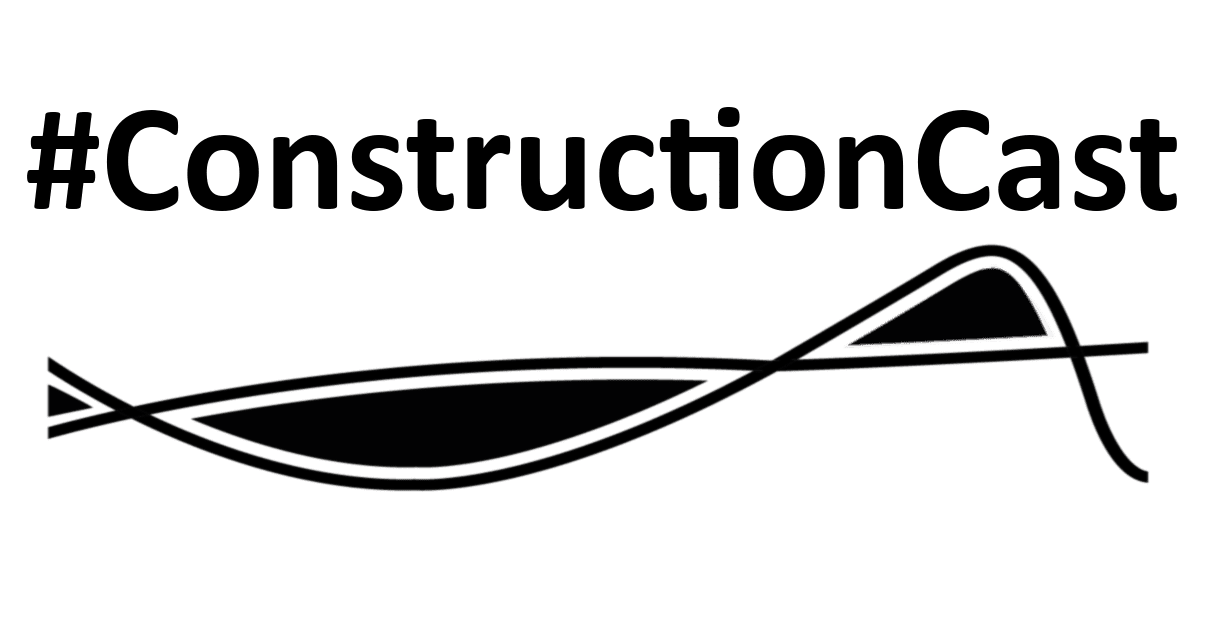Construction Cast Episode 1 – COVID-19 / BIM
The effects of social distancing in the UK from COVID-19 / Coronavirus were first being felt just over a week ago. As a result, the Limeslade team began to worry about the lack of interaction. It could hamper both our business and our friends and clients. On a personal level, we are pretty sociable creatures! No doubt many of you have met one of us at some point or another at a seminar, party or conference.
So we took the opportunity to look at how we could find alternative ways to bring people together, whilst keeping them safe. So we looked for some friends and colleagues who might be willing to join an online conversation. Luckily there were some willing candidates, and the first #ConstructionCast launched on Wednesday afternoon. Sign up for the next one now.
The session featured excellent speakers:
- Top construction barrister Catherine (Cat) Piercy of Hardwicke Chambers in London
- Solicitor Chris Hallam, Partner at CMS in Manchester
- David-John Gibbs, Digital Engineering and Compliance Manager for Gammon Construction Hong Kong.
COVID-19 and Hong Kong
Inevitably, the discussion kicked off with the ongoing situation around COVID-19. It was interesting to hear the Hong Kong response from DJ. Many of Hong Kong’s construction sites have not shut. However, facemasks are required, temperatures taken on entry and strict hygiene measures are in place. At present, restaurants and bars are open and many of the public are still going to work but this may change in the near future.
Having seemingly got a grip of the virus early on, the country is now beginning to experience a second wave of imported infections. It may be that we see more stringent lockdown procedures enforced in the near future and it will be interesting to see how these impact upon construction.
The UK Perspective
Cat was asked about the government response to the crisis so far. She opined that perhaps the advice given to the industry could have been clearer. Anecdotally, there seems to now be confusion as to whether sites should be closed. There seems to be reluctance on both the side of the employer to close the site and on the part of the contractor, to stop work. It is difficult to advise clients on either side as the best course of action to take right now.
Chris added that what is needed is a clear order from the government, rather than advice. Forced closure will allow both clients and contractors to understand their liabilities. The current advice is not adequate. It is rarely possible to adhere to staying 2m apart or strict handwashing and hygiene regimes on a construction site.
Anecdotal evidence from across the industry seems to be that sites are doing their best with what they have. Many are operating staggered start times to reduce the number of people entering the site at once. On many sites, internal trades have been sent home, with only external trades on-site and only key personnel are on-site at any time. But with much of the workforce self-employed, there is an understandable reluctance from individuals to stop work. Particularly when the government financial assistance has so far been limited to £92 / week.
Advice
The advice from today’s speakers was to check your contracts and try to understand your liabilities. Be wary of relying on Force Majeure clauses. These can sometimes only apply as a termination event, so may not be helpful in the case of a suspension. Ultimately try to work collaboratively with parties. Employers losing funding for projects or contractors going insolvent will not be helpful to either side in the long run. If we can do what we can to work together on this, communicate clearly and abide by contractual obligations, we stand a better chance of coming out the other side.
Tech
The conversation turned to technology, and how we are seeing its use change in light of more of us working from home. Hong Kong seems to be ahead of the game.
With the recent protests in the region, many companies made the switch to working from home, webinars, video calls and meetings before the latest crisis hit. It seems that with coronavirus, procedures were in place and teams already working virtually when needed.
From his experience, DJ believes that Hong Kong is more comfortable with adopting new technology than we are in the UK. This means that its adoption in the construction industry has been slightly more advanced. At Gammon Construction there has been a real commitment to using technology to make construction safer and more efficient.
On the legal side, Chris says the adoption of technology may not be the contractual controversy people sometimes initially assume. Aside from protocols, there are few references to technology, more often than not, BIM in standard forms of contracts. But on the whole, these issues tend to come into play in specifications. There is still a lot of confusion surrounding what BIM is, and what providing ‘BIM’ means. Advice is to be clear that both parties are looking for the same thing. What you consider BIM may not be as advanced or sophisticated as what you have asked for, so it is important to express the outcome you want to realise, rather than the specific means of how to do it.
In our online questionnaire, attendees overwhelmingly felt BIM is still led by one or two experts in a firm. It seems it has not yet developed into a fully collaborative, business-wide process.
Law and Tech
Cat’s perspective is a little different. As disputes tend to happen a couple of years after the project, barristers tend to see the results of new methods later than the rest of the industry. But she is optimistic about developments such as 360 images of construction sites and aerial drone footage. Such innovations from the duration of a project could provide clear evidence of progress (or the lack of it) on site.
A couple of attendees shared experiences of drone photography used in the absence of as-built records. Some noted examples of footage being used to show deviations from the critical path of a project.
Cat suggested that the better the records held and the more structured those records are, the more helpful such records might be in a dispute scenario. Technology almost certainly has the potential to help improve the efficiency of dispute resolution and reduce costs.
On the legal limitations of using drones on construction sites: There is some useful information from an SCL talk last year on the subject.
All in all, it seems that all speakers are in agreement that we will see the use of technology increase. Perhaps the current pandemic will speed up the process. As we get used to relying on technology in our personal and professional lives, we might find the way we work when things go back to normal to be ever changed.
Sign up for cast number 2 here: https://limeslade.clickmeeting.com/constructioncast2/register

